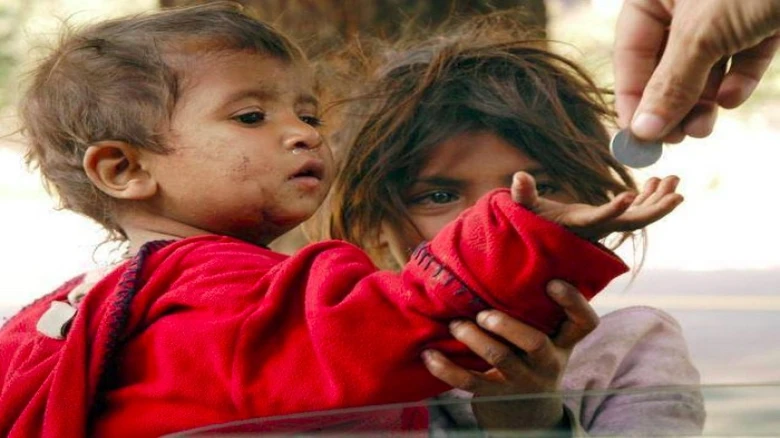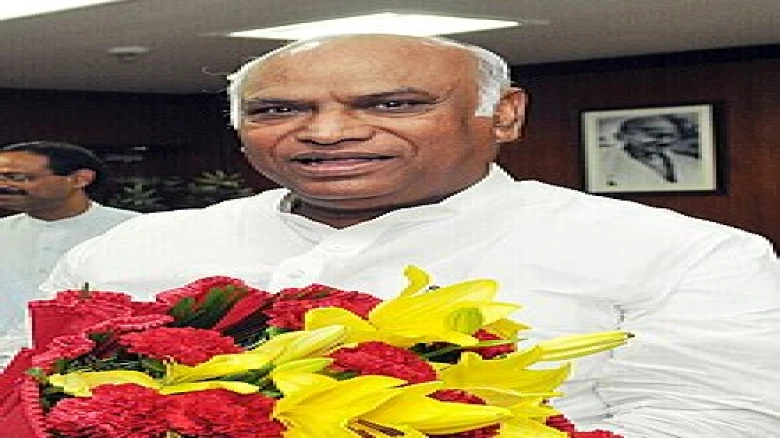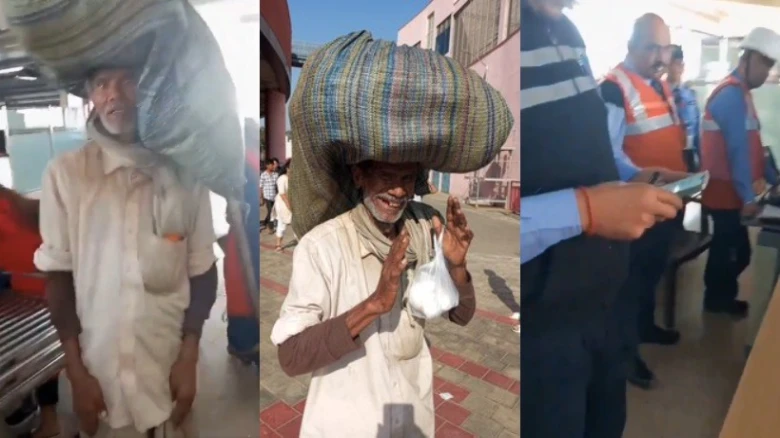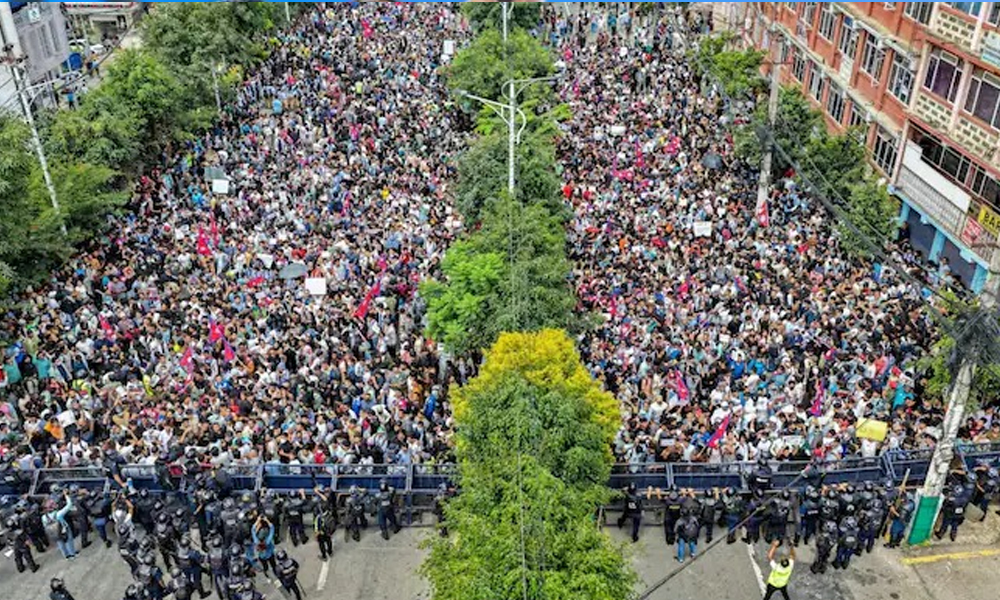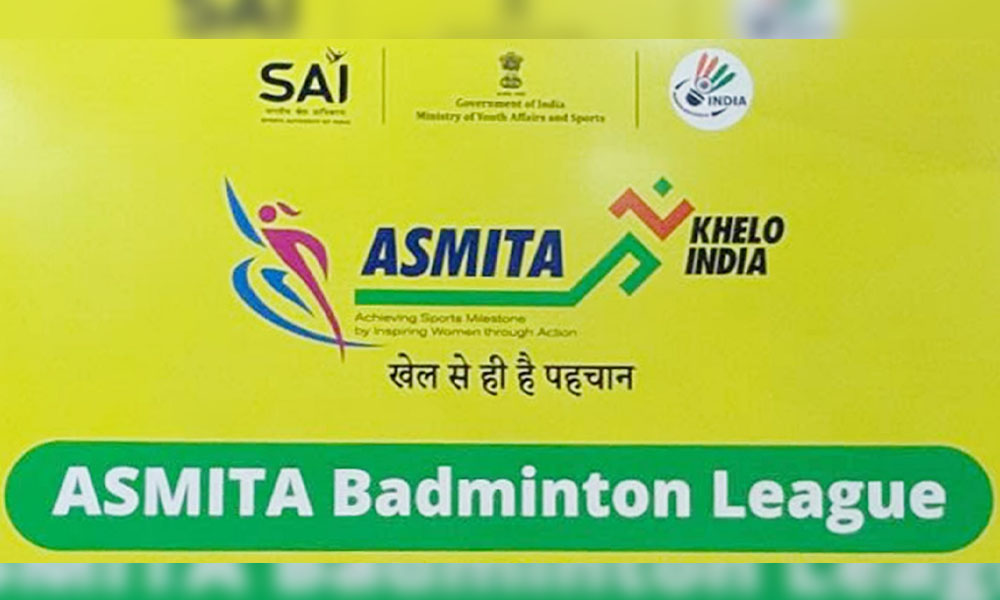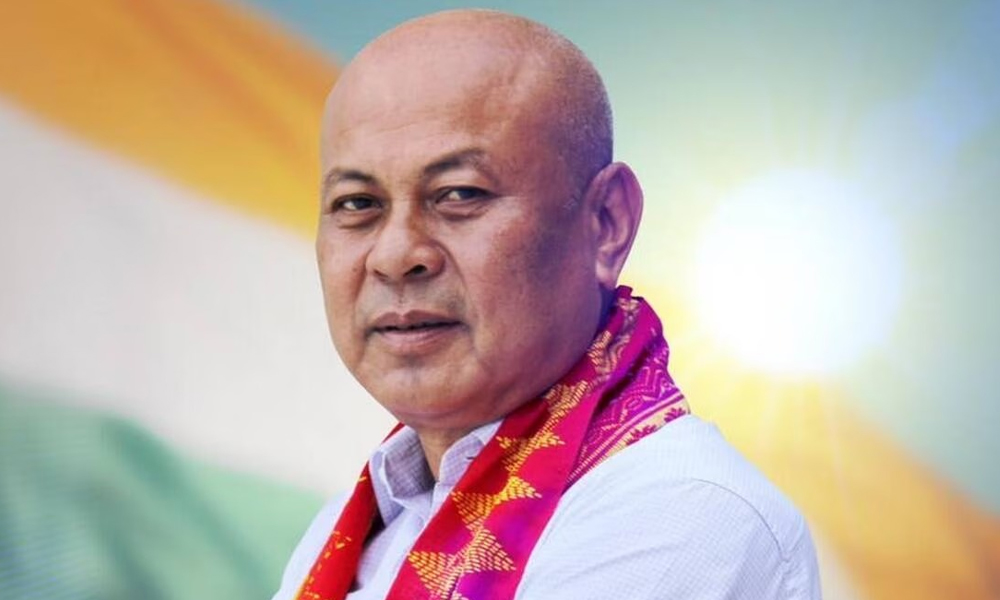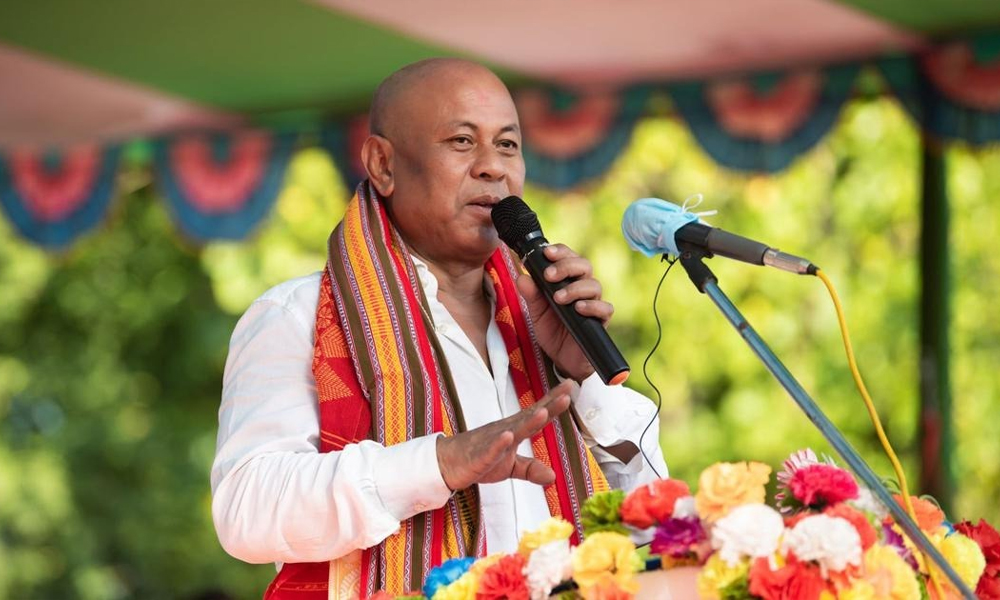According to the survey, which divided respondents into 20 groups, the average monthly spending per person in rural areas is Rs 3,773, whereas in urban areas it is Rs 6,459.
Digital Desk: India's poverty rate has decreased to just 5%, indicating an improved condition of the country's economy, according to NITI Aayog CEO BVR Subrahmanyam.
He mentioned the results of the most recent National Sample Survey Office (NSSO) consumer expenditure survey, which showed a sharp increase in household consumption expenditure.
Noteworthy is the report's release following a gap of over a decade. The findings indicated that between 2011–12 and 2022–23, per capita monthly household expenditure more than doubled.
In evaluating the degree of poverty and the efficacy of programs aimed at reducing it, Subrahmanyam emphasized the significance of the survey.
Speaking with conviction, he stated, "The data indicates that poverty in India is now below five per cent."
According to the survey, which divided respondents into 20 groups, the average monthly spending per person in rural areas is Rs 3,773, whereas in urban areas it is Rs 6,459.
Subrahmanyam observed that the 0–5% income range is where poverty is most prevalent.
The average consumption of the lowest fraction, the 0–5% percent, is almost the same if we take the poverty line and inflate it using the Consumer Price Index (CPI) to the current rate. This indicates that just the 0–5% of the population in the nation live in poverty," the CEO of NITI Aayog stated.
Subrahmanyam emphasized the encouraging developments, pointing out that consumption has increased by 2.5 times in both rural and urban areas, demonstrating advancements all around. He also emphasized the closing consumption gap between rural and urban areas, pointing to a promising path towards economic parity.
The survey's key finding is the decrease in cereal and food item consumption, which points to a move toward a more affluent way of living.
More money is increasingly being spent on non-food products including milk, fruits, vegetables, and processed foods, which reflects rising prosperity and changing consumer habits.
In addition, Subrahmanyam emphasized the possible effects of the NSSO survey on GDP and inflation, pointing out that the consumer price index needs to be adjusted in order to properly reflect present consumption trends.

